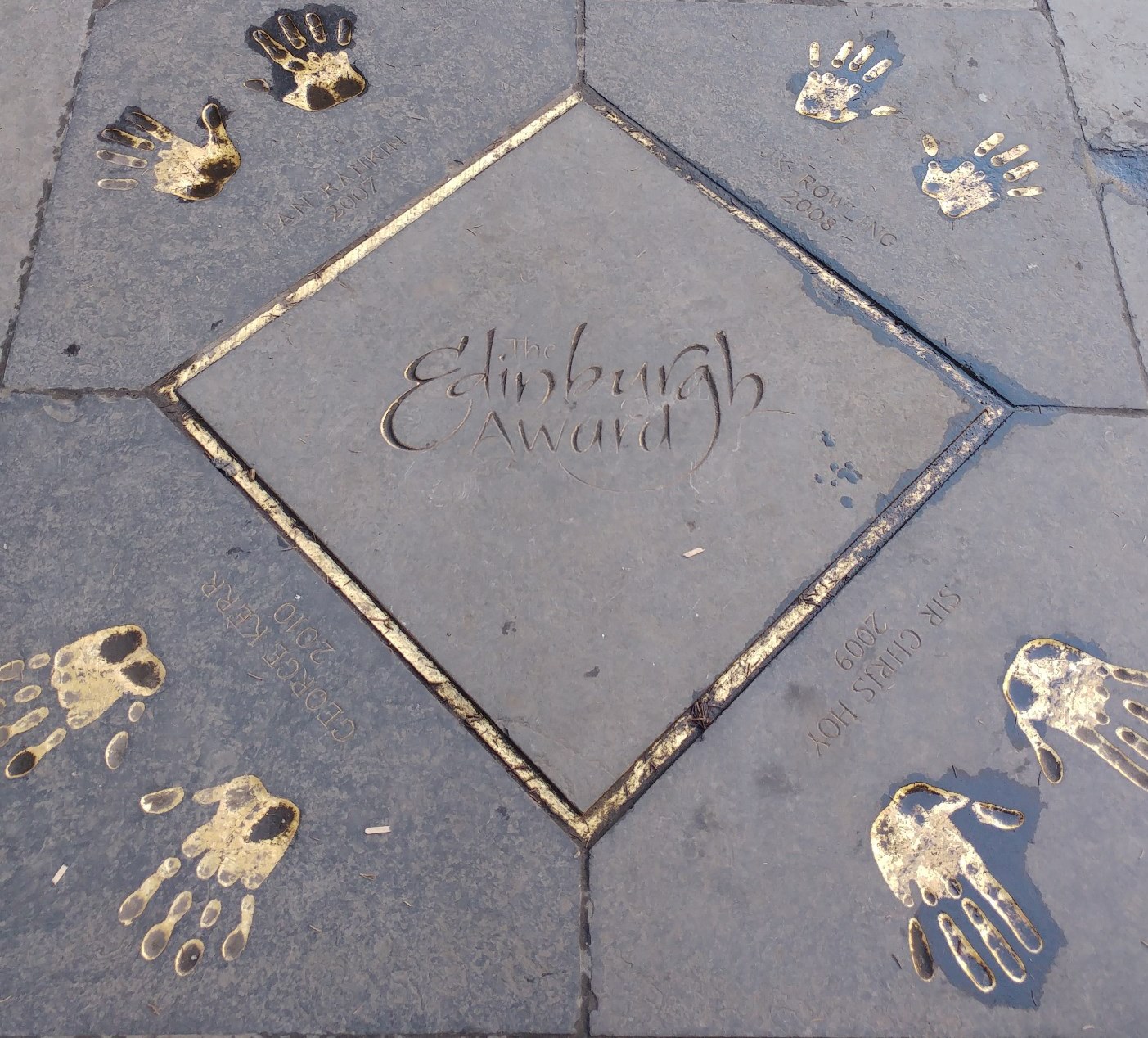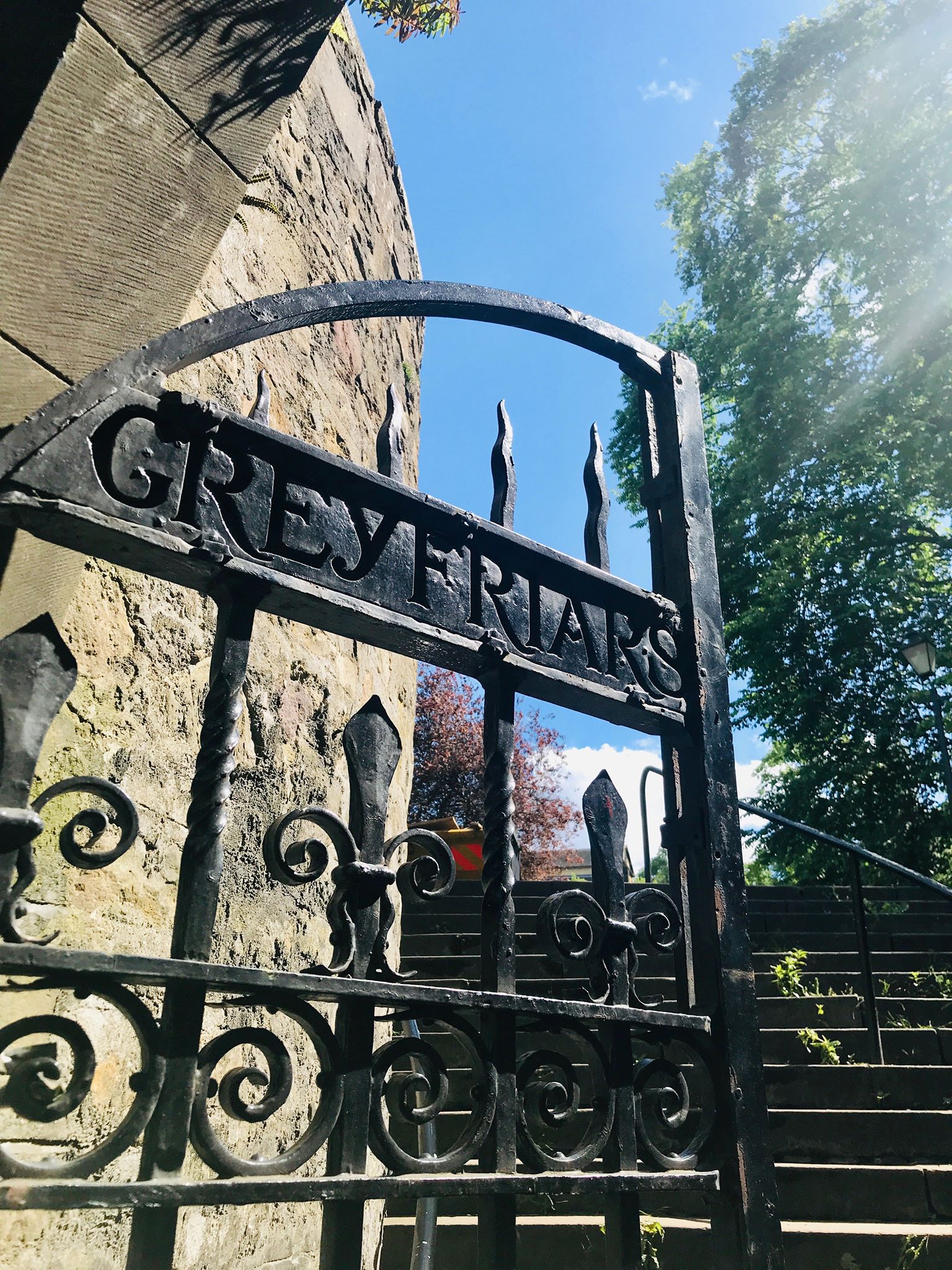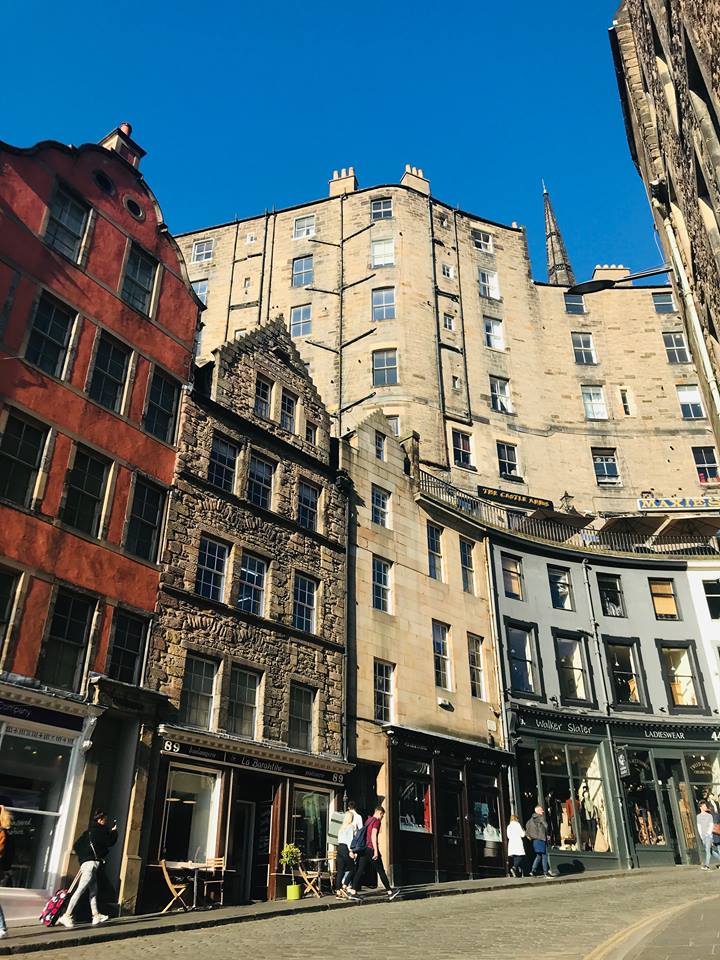Edinburgh and the Boy Wizard
20th Jun 2019
With its atmospheric cobbled streets, stunning architecture, and rich history, it is no wonder that Edinburgh’s breathtaking landscape has played host to some of literature’s greatest writers and their captivating creations. From the poetry of Robert Burns, to Robert Louis Stevenson’s The Strange Case of Dr Jekyll and Mr Hyde, to contemporary classics such as Ian Rankin’s Inspector Rebus novels, Edinburgh is a never-ending source of literary inspiration.
In 2004 Edinburgh was named the world’s first UNESCO City of Literature and every year hosts the largest book festival in the world – and who can forget of course that the city’s main train station is the only station in the world named after a novel, Waverly by Sir Walter Scott.
It seems fitting therefore that Edinburgh played a key role in inspiring one of the world’s most famous and well-loved authors, J.K. Rowling. The Harry Potter series has won Rowling critical acclaim, commercial success, and captivated children and adults alike with spell-binding tales of the magical world, its witches and wizards, and the adventures of a scruffy haired boy named Harry Potter. The series is a worldwide phenomenon with over 500 million copies of the book sold (and counting!), translated into over 70 languages.
The city of Edinburgh has long been regarded by many as the home of Harry Potter with J.K Rowling acknowledging the connection to the city stating “…Edinburgh is very much home for me and is the place where Harry evolved over seven books and many, many hours of writing in its cafes.” Not only that, but by looking around the capital there is much speculation surrounding inspiration for Rowling.
Spoons café, originally Nicholson’s Café, is reportedly where J.K. Rowling wrote parts of the very first book of the series, Harry Potter and the Philosopher’s Stone, after moving to Edinburgh. The Café overlooks the University of Edinburgh’s Old College and was originally owned by Rowling’s brother-in-law. Also nearby on the University’s campus lies Potterow. Some think that this area of the Central Campus was the namesake to the Boy Wizard however there seems to be no evidence supporting this but it is a nice idea nonetheless!
Close by is the Elephant House Café on George IV Bridge which proudly declares itself as the “Birthplace of Harry Potter” and J.K. Rowling did indeed reportedly write several of the earlier books in the back room overlooking the majestic Edinburgh Castle. The bathroom walls of the Café are covered in scribbles from fans and favourite quotes from the book series. Edinburgh Castle is one of the city’s most famous monuments, sitting atop Castlehill and looming over the Royal Mile. Naturally this must have served as a great source of inspiration alongside Edinburgh’s own Hogwarts which can also be glimpsed from the back room of Elephant House Café – George Herriot’s School. Built in 1628, the prestigious private school has four houses, four towers and 17th century architecture and so it is understandable how some people make a connection between the school and Hogwarts.

A stone’s throw away is the gothic Greyfriars Kirkyard. Historically the Kirk yard was involved in the history of the Covenanters which began with the signing of the National Covenant in Greyfriars Kirk on 28th February 1638. It is also associated with the famous story of Greyfriars Bobby –the local dog who guarded his masters’ grave when he died. These days however the intrepid urban explorer also visits the graveyard seeking out a few familiar sounding names. You will find one Thomas Riddell Esquire, perhaps the inspiration for Voldermort’s real name – Tom Marvolo Riddle. There is also a William McGonagall (Professor Minerva McGonagall) and Mrs. Elizabeth Moodie (Alastor “Mad-Eye” Moody).

Also within the Old Town of Edinburgh lies Victoria Street, said to be the inspiration for Diagon Alley with its colourful storefronts and unique businesses. These days you can even find “Diagon House”, a veritable treasure trove of official Harry Potter merchandise. Also keep your eyes peeled for a “Diagon Alley” plaque on Candlemaker’s Row and the joke shop further down towards Grassmarket – unfortunately it’s not Weasley’s Wizard Wheezes but we’re sure that Fred and George would definitely appreciate the jokes and tricks sold within!
The final book, The Deathly Hallows, was written in the now-named “Rowling Suite” at the Balmoral Hotel on Princes, aka Room 552. It is one of the city’s finest hotels and fans can check in to stay in the same room which reportedly contains a marble bust with the words “J.K. Rowling finished writing Harry Potter and the Deathly Hallows in this room (552) on 11th Jan 2007”.
Edinburgh historically has always had a long association with witchcraft and wizardry. One story in particular is that of Major Thomas Weir who is frequently known as ‘the Wizard of the West Bow’.
Major Thomas Weir was born in 1599 and had a significant career as a covenanting solider as well as being captain of the Town Guard in Edinburgh until 1650. Weir lived in West Bow, an area just off the Grassmarket. In that area Weir was considered one of the most active in a pious life, regularly attending meetings and leading prayer. He was a Covenanter, a particularly strict form of Presbyterian sect, and was held in high esteem by other members of the church and in the community. In 1670, at the age of 70 Thomas Weir confessed to crimes such as incest, bestiality and witchcraft.
To begin with, no one believed his confessions. He was old, senile. However, when his sister Jean (sometimes known as Grizel) backed up his story and admitted to incest, the two were arrested and sentenced to death. Jean confessed that the witchcraft had come from their mother and that Thomas bore the mark of the Beast on his body. Not only that but that they travelled around the countryside and to Dalkeith in a fiery coach. Jean (Grizel) also confessed to the power of his walking stick which had a carved human head on top and was supposedly given to him by the Devil himself. Reports came out later from people who said they had seen the stick floating down the street in front of him. Weir and his sister were taken to the cities boundary with Leith (near Pilrig Street today) where they were strangled and burnt. While being asked to pray for forgiveness, Weir was reportedly heard saying instead “Let me alone – I will not – I have lived as a beast, and I must die as a beast.” The walking stick was also thrown into the flames and was reported as taking a long time to burn and making “rare turnings” in the fire.
With stories like this it is easy to see why writers were and continue to be inspired by Edinburgh.
In 2008, J.K. Rowling was presented with the Edinburgh Award by the city’s Lord Provost. The award honours outstanding individuals who have made a positive impact on the city and gained national and international recognition for the Scottish Capital. You can see her handprints at the Edinburgh City Chambers, which is just across from the Mercat Cross on Royal Mile – Mercat Tours' meeting point for all of our history walks and ghost tours.
‘Edinburgh remains a city of the mind, a writer’s city.’ – Ian Rankin

